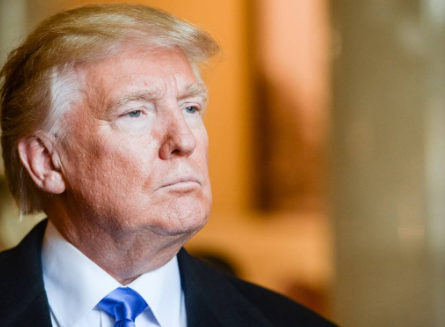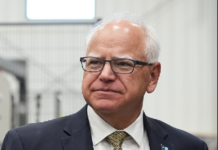Former President Donald Trump posted on his Truth Social platform, asserting that the Manhattan judge overseeing his civil fraud trial prevented him from presenting a document during his testimony. According to Trump, the document, identified as a disclaimer, was pulled from his jacket pocket during the testimony but was not allowed to be read. Trump argued that the disclaimer would vindicate him in the $250 million civil fraud case brought by New York Attorney General Letitia James.
“This is the Paper that I wanted to submit that the Judge refused to take, because he doesn’t want anybody to know about the Disclaimer Clause at the beginning of each Financial Statement,” Trump wrote in his social media post.
Attached to the post was a document titled “Disclaimers Provided to Banks in Each Financial Statement.” The document instructs the reader that “considerable judgment is necessary to interpret market data and develop the related estimates of current value.”
“Users of this financial statement should recognize that they might reach different conclusions about the financial condition of Donald J. Trump,” the document concludes.
According to the New York Post, Trump asked Judge Arthur Engoron at one point during his testimony if he could read from the document.
“I would love to read this, Your Honor, if I could? Am I allowed to do that?” Trump asked, but Engoron shot it down.
The Post added:
“Trump is accused of lying on yearly “statements of financial condition” by claiming he was worth billions more than he actually was to get better loan and insurance term from 2011 through 2021.
Banks considering lending money to Trump were given the allegedly falsified financial filings and often gave him lower interest rates because of his exaggerated wealth, New York Attorney General Letitia James claims in her suit.
But the real estate tycoon has argued that he can’t be held liable for any inaccuracies on the forms because a clause includes a section that essentially says recipients of the financial statement have to do their own accounting.”
Engoron said he had already rejected that as a defense during a September ruling. “Read my opinion again — or for the first time, perhaps,” he sniped.
In the September 26 ruling, the judge emphasized that the disclaimers “do not insulate defendants from liability” and, in fact, “put the onus for accuracy squarely on defendants’ shoulders.”
Subsequently, during his testimony, Trump, expressing frustration, openly criticized the judge and attorney general. Following two hours of delivering his testimony in subdued tones, Trump became visibly agitated, accusing Engoron and James of attempting to harm him. The real estate magnate labeled James a “political hack,” alleging that she was leveraging “this case to become governor” and had exploited it to secure her current position.
Then Trump went after Engoron, pointing at the jurist and proclaiming, “Everybody’s watching this case. He called me a fraud, and he didn’t know anything about me.”
“The fraud is on the court and not on me,” he continued to rant.
“When you rule Mar-A-Lago is worth $18 million and she rules it’s worth $25 million, either people are very stupid or there’s a fraud. The fraud is on behalf of the court.”
In a decision made just days before the trial commenced, Engoron held Trump accountable for some of James’ primary fraud allegations. The judge referenced an appraisal by a Florida official, valuing the Palm Beach golf club at a maximum of $27 million, whereas Trump asserted its worth to be as high as $1.5 billion.
“He said I’m a fraud because I didn’t value my property correctly,” Trump continued to loudly ramble. “He’s the one who didn’t rule my property correctly.”
Trump insisted he did a “great job” as president.
Finally, AG lawyer Kevin Wallace asked, “You’re done?”
“I’m done,” Trump responded.




